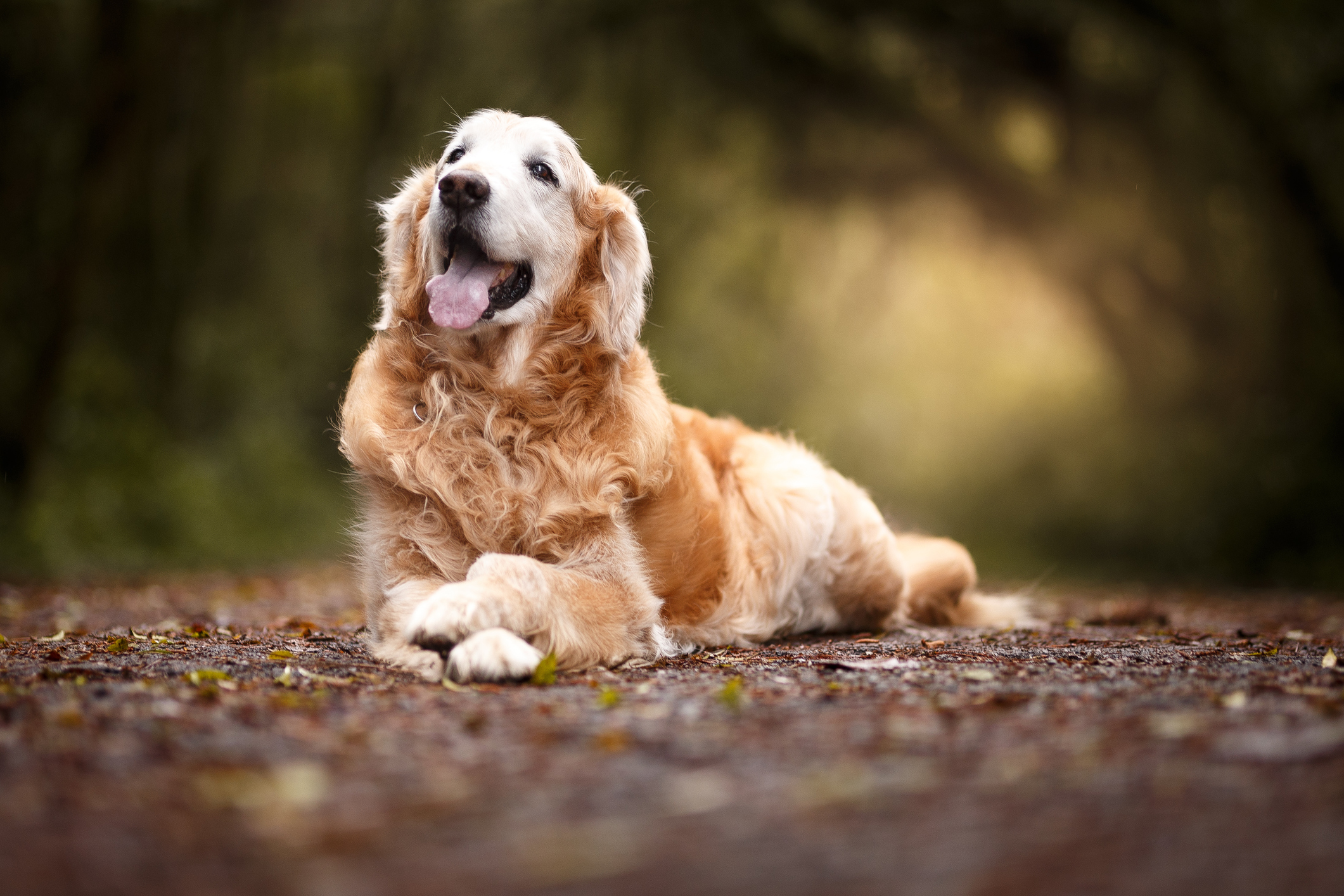Owners of dogs often face the problem of how to wash their pet’s paws after a walk. It’s easier if the dog is small enough to carry to the bathroom, but some dogs are pathologically afraid of water, while others create a mess when washing their paws in a basin. Here’s a clear breakdown of how and what to use to wash a dog’s paws, and how to train them to calmly undergo this hygiene procedure.
Why Wash Your Dog’s Paws After Every Walk?
Many dog owners wash their pets’ paws primarily in the autumn and spring to avoid muddy footprints around the house. However, keeping their paws clean is important in all seasons for several reasons:
- Toxic Substances: Dogs can step in puddles containing gasoline or other toxic substances. Washing their paws removes harmful chemicals and prevents poisoning.
- Injuries: Dogs may injure their paw pads or get splinters. Washing provides an opportunity to check for injuries.
- Irritants: In winter, roads are treated with chemicals that can irritate and cause allergic reactions.
- Pests and Infections: Dirt on their paws can bring ticks and infections into the home, some of which can be dangerous for both the pet and the human inhabitants.
These reasons highlight the necessity of washing your dog’s paws after every outing.
Products for Washing Paws
Pet stores offer a wide variety of products suitable for washing dog paws. Here are some main options:
- Dog Shampoo: Regular dog shampoo can be used for washing paws, but it may not eliminate bacteria and parasites.
- Tar Soap: A budget-friendly option with antiseptic and antiparasitic properties. It helps heal wounds but can dry out the skin with prolonged use, so using shampoos containing tar with a balanced pH is ideal.
- Chlorhexidine Shampoo: An antibacterial component that prevents inflammation of micro-tears and wounds on the paw pads.
- Antiparasitic Shampoo: These contain plant extracts that repel fleas and ticks while soothing irritation.
- Heavy-Duty Shampoo: Effectively removes oil, grease, and salt. If unavailable, a hand gel can work in a pinch for heavily soiled paws.
- Paw Care Shampoos: Suitable for dogs that often get cuts and splinters.
- Hypoallergenic Shampoos: Recommended for allergy-prone dogs (e.g., Chow Chows).
- Wet Wipes: Useful for cleaning paws in dry weather, containing antiseptic, antiparasitic, and moisturizing agents.
- Styptic Powder: A useful addition for quickly stopping bleeding from cuts.
To avoid dirty paws, some dog owners use special footwear. However, not all pets will tolerate wearing booties, and it doesn’t solve the problem of a dirty belly. Experienced dog owners recommend rubber socks as they protect against dirt, don’t let in water or harmful substances, and allow the dog to feel the ground.
How to Properly Wash Your Dog’s Paws
For small dogs, owners can simply wash their paws under running water or in the bathtub. Larger dogs may require a basin. To ensure the process is calm and not terrifying for the dog, follow these guidelines:
- Check Water Temperature: Make sure the water is not hot! In winter, avoid warm water; use cool water instead to prevent thermal shock.
- Use a Sponge: This helps lather the shampoo and conserves product.
- Start with Front Paws: Wash the front paws first, placing them on a towel spread on the floor afterward. For dogs that soil their bellies, it’s better to wash them in the bathtub to ensure thorough rinsing.
- Inspect Paws: After each walk, check for injuries. Have a pair of tweezers handy to remove splinters.
- Drying: Use microfiber towels to dry the paws. They absorb water well, preventing wet footprints in the house. Wash the towels regularly.
Paw Washers: An Easy Solution for Washing Dog Paws
A new hygienic product, paw washers, can significantly ease the process for dog owners. They work simply: the paw is inserted into a container where brushes gently clean away dirt. This method is splash-free and takes just a few minutes. Paw washers can accommodate shampoos, but pets must be acclimated to this procedure. These containers come in various sizes to match the dog’s dimensions. After washing, always dry the paws. Some owners note that paw washers may not completely clean between the pads of long-haired dogs. Nevertheless, this affordable hygiene accessory is worth trying. If your dog becomes accustomed to it, washing their paws will become quick and easy.
How to Train Your Dog to Wash Their Paws After Walks
Maintaining cleanliness can be challenging if the dog is not accustomed to paw washing and actively resists. It’s common for dogs to refuse to come home when they anticipate this procedure, which instills fear. Training a dog to accept paw washing requires patience and skill from the owner. To ensure the process is calm and stress-free for the pet, consider the following recommendations:
- Start Early: Begin washing paws when your dog is a puppy.
- Gradual Introduction: Avoid overwhelming the puppy with water; make the process gradual to build comfort.
- Handle the Paws: Frequently touch your dog’s paws, starting with gentle wipes using a dry towel, rewarding them with treats. This helps them get used to handling.
- Use a Non-Slip Mat: During the first bath, place a non-slip mat in the tub to help prevent fear and injuries.
- Positive Reinforcement: Keep the first wash short and positive. Avoid scolding; focus on creating a positive experience.
- Secure the Dog: If the dog tries to escape during paw washing in a basin, tie them to a door handle with a leash.
By regularly washing your dog’s paws after each walk from a young age, you can prevent hygiene issues in later life. Proper hygiene not only keeps your home clean but also protects your dog from health problems.
